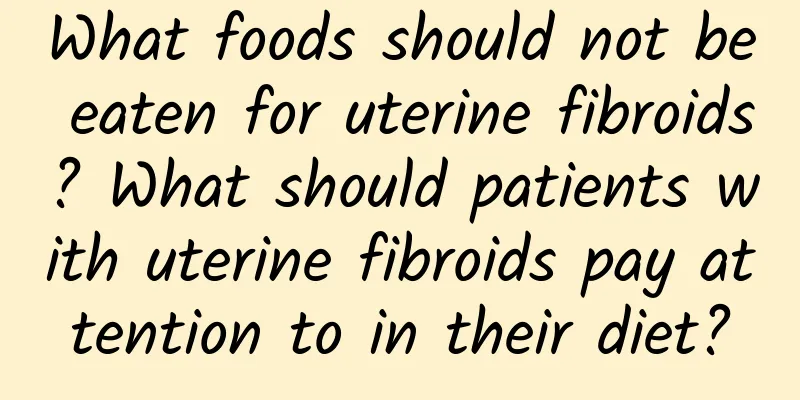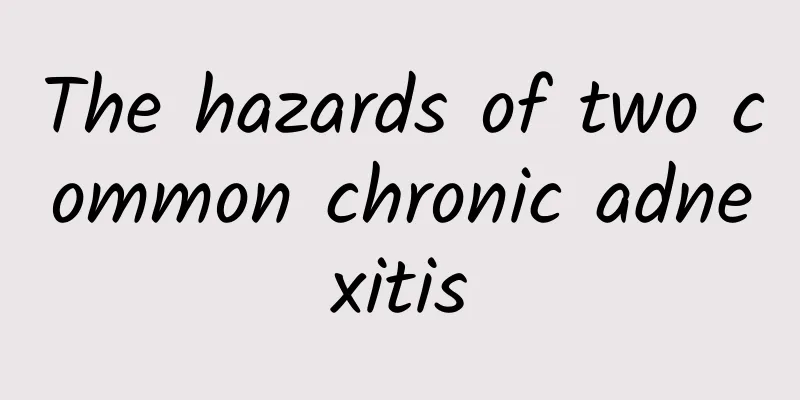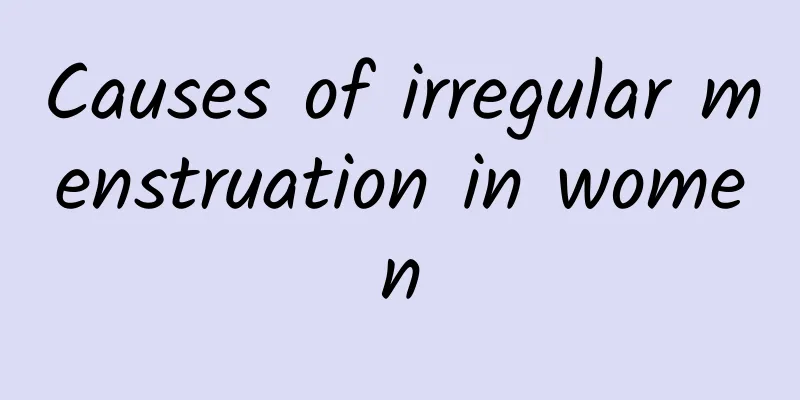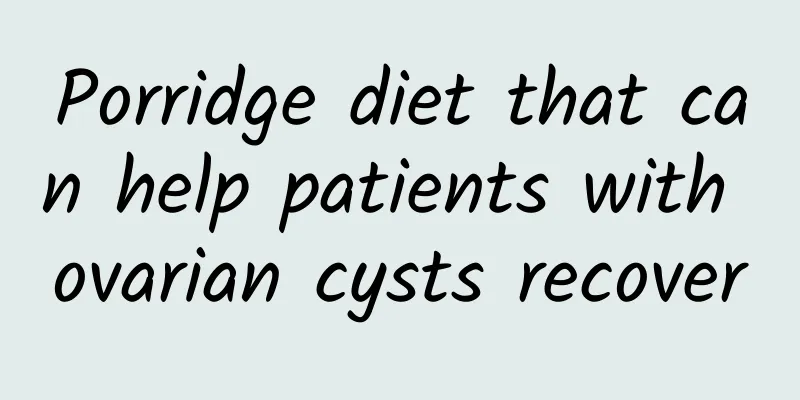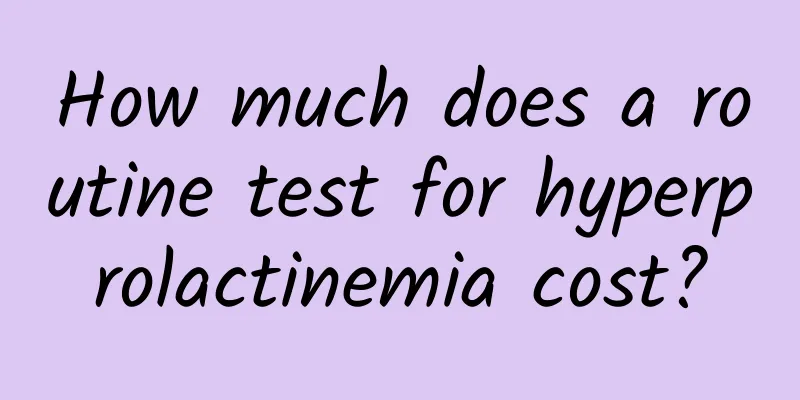What should I do if I have uterine fibroids? What are the effective treatments for uterine fibroids?
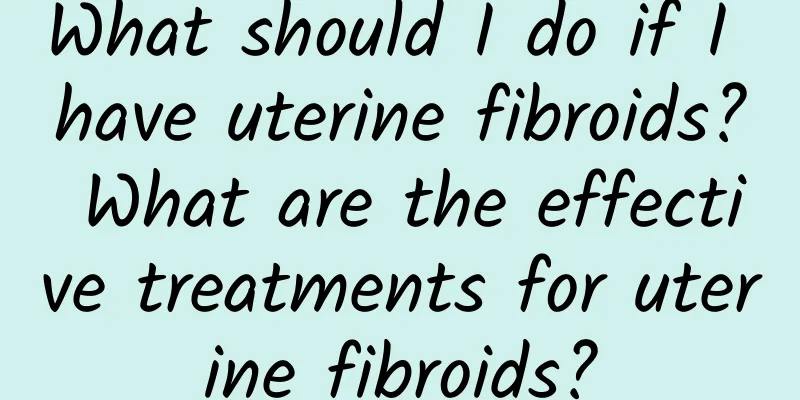
|
Uterine fibroids are one of the most common benign tumors in the female reproductive organs and one of the most common tumors in the human body. They are also called fibroids and uterine fibroids. Because uterine fibroids are mainly composed of the proliferation of uterine smooth muscle cells and a small amount of fibrous connective tissue exists as supporting tissue, they are more accurately called uterine leiomyoma. Uterine fibroids. What are the surgical treatments for uterine fibroids? Under normal circumstances, the intersection of the uterine artery and the ureter is located at the level of 1 cm next to the internal cervical opening. However, when there are multiple myomas, especially in the lower part of the uterus, cervical myomas grow to the broad ligament, their anatomical position may be changed, and even the ureter may grow from the front or side wall of the tumor. Therefore, in the above case, the ureter should be found from the posterior leaf of the broad ligament, and its fall should be confirmed along its direction to avoid surgery and accidental injury. Hysterectomy: Pull the uterus out of the pelvis, bring the fingers close to the cervix, push the bladder again to the level of 1~2cm below the external cervical opening, and push it sideways 1cm away from the cervix to cut the anterior vaginal wall to avoid damaging the bladder and ureter; and push the loose connective tissue under the peritoneum between the ends of the uterosacral ligaments on both sides out of the rectum to 2cm below the external cervical opening. Expose the posterior vaginal vault to prevent injury to the rectum when cutting the posterior vaginal wall. Touch the external cervical opening with two fingers to check whether the degree of freedom is sufficient, fill the area around the cervix with dry gauze to prevent vaginal secretions from contaminating the abdominal cavity, and cut the anterior and posterior vaginal vaults until purple-blue or coffee-colored mucus flows out. Clamp the wall tissue on both sides of the vagina, including the vaginal artery, with two curved vascular clamps, and then use the curved tissue to cut the vaginal wall along the vaginal vault around the anterior and posterior lips of the cervix until the uterus is completely free. Simple abdominal hysterectomy: Improved conventional abdominal hysterectomy, with the advantages of simple operation, fast speed, less intraoperative bleeding, less damage, fast recovery, postoperative adnexal and vaginal prolapse (the adnexal is sutured to the round ligament stump and the adnexal is fixed to the round ligament), beautiful wound and short hospitalization time. Mini-abdominal hysterectomy: This procedure is a slightly improved version of traditional abdominal hysterectomy in recent years. Mini-incision refers to skin incision (vertical or horizontal) length ≤ 6 cm, fascia incision length is greater than skin incision, about 1~3 cm at each end, and Z-shaped parauterine tissue clamps are placed on the abdominal wall to remove the uterus. It is suitable for patients who are not obese and have good uterine activity, ≤ 12 weeks of pregnancy, and have one or more of the following conditions; vaginal hysterectomy is anatomically not feasible and adnexectomy is required. Extra-abdominal cervical conization hysterectomy: Its advantages are to further simplify the surgical steps, reduce surgical trauma, preserve the external cervical ring, and maintain the functions of the sacral ligament and main ligament. This method is different from the total hysterectomy with cervical fascia, which must cut the cervical ligament, damage the normal structure of the pelvic floor, and cannot leave the cervix. The operation does not damage the normal structure of the pelvic floor, not only significantly reduces ureteral damage, but also preserves the integrity and posterior round depth of the vagina, avoids the phenomenon of vaginal shortening of more than 4cm in traditional surgery, and can prevent the occurrence of stump cancer, so as to achieve the purpose of psychologically and physiologically retaining the cervix in patients. Suture the inherent ovarian ligament, round ligament and fallopian tube isthmus together, so that the appendages are suspended at the residual end of the round ligament to avoid chronic pelvic pain caused by ovarian pelvic floor prolapse. The residual end of the external cervical ring and its fascia side suture method are used to make the main ligaments on both sides close to the bridge structure, suspend the cervix and vagina, and prevent prolapse. The treatment of uterine ligaments and blood vessels is simpler, safer and more reliable than traditional methods. Vaginal hysterectomy: Vaginal hysterectomy is performed vaginally without abdominal interference, which can reduce pelvic and abdominal contamination. Patients recover quickly and have a shorter hospital stay. Vaginal surgery has a small field of view and limited exposure during surgery. The surgery is not as active as abdominal surgery and is prone to damage to the bladder, rectum and ureter. New concept of vaginal hysterectomy: Traditional TVH indications are mostly limited to parturients; uterus ≤ 12 weeks of gestation; uterine prolapse; no history of anterior pelvic and abdominal surgery; no adnexal lesions; no need for examination or removal of adnexal tissues. However, recently, with the improvement of surgical methods, the use of appropriate equipment, the improvement of surgical skills and the accumulation of doctor experience, its indications have changed significantly. |
<<: How to treat uterine fibroids How to use medication for uterine fibroids
>>: What are the early symptoms of uterine fibroids? Drug treatment methods for uterine fibroids
Recommend
Why is pelvic peritonitis prone to recurrence?
Many women know that if they suffer from pelvic p...
Detailed description of the methods of caring for patients with adnexitis
In recent years, the incidence of adnexitis has b...
Detailed analysis of the causes of threatened abortion
Symptoms of miscarriage before 28 weeks of pregna...
Experts explain the types of ovarian cysts
Women's ovaries are very important and are in...
Causes of ovarian cysts in women
What are the causes of female ovarian cysts? We m...
What should be paid attention to in the treatment of endometrial tuberculosis
Endometrial tuberculosis is a common disease that...
Understanding Chocolate Cysts
What is a chocolate cyst? Understanding this is n...
How to regulate scanty menstruation after abortion? Is drinking brown sugar water useful for abnormal menstruation after abortion?
Nowadays, many female friends need to have aborti...
Cervical erosion is difficult to detect and requires vigilance
Cervical erosion is a gynecological disease that ...
What are the causes of ectopic pregnancy?
I believe everyone has heard of ectopic pregnancy...
Three advantages of laparoscopic surgery for ovarian cysts
With the advancement of medical technology, the s...
How to prevent incomplete uterine aspiration during abortion surgery
Incomplete aspiration refers to the residual of s...
What oral medicine is better for pelvic inflammatory disease
The treatment of pelvic inflammatory disease requ...
Tips for routine examination of bacterial vaginosis
Gynecological diseases have always been a threat ...
How much bleeding is enough to confirm miscarriage
There is no absolute answer to the question of ho...

